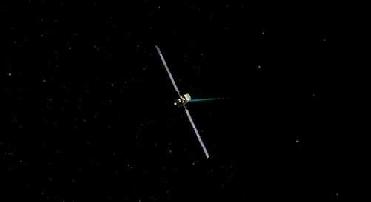
An artist's concept of Dawn spacecraft. Image credit: NASA/JPL
WASHINGTON (BNS): NASA's Jet Propulsion Laboratory's (JPL) Dawn mission to asteroid Vesta and dwarf planet Cere has shut down its ion propulsion system as scheduled.
The system was shut down on Thursday last and the spacecraft is now gliding towards a Mars flyby in February 2009, the space agency said.
Briefing the media, Marc Rayman, Dawn's chief engineer at NASA's JPL, Pasadena, California, said that Dawn had completed the thrusting it needed to use Mars for a gravity assist to help reach Vesta.
"Dawn will now coast in its orbit around the Sun for the next half a year before we again fire up the ion propulsion system to continue the journey to the asteroid belt," Rayman said.
NASA said Dawn's ion engines might get a short workout next January to provide any final orbital adjustments prior to its encounter with the Red Planet. "Ions are also scheduled to fly out of the propulsion system during testing in spring. But mostly, Dawn's three ion engines will remain silent until June, when they will again speed Dawn toward its first appointment, with asteroid Vesta."
Dawn's ion engines are vital for the success of the mission's eight-year, 4.9-billion-km (3-billion-mile) journey to asteroid Vesta and dwarf planet Ceres. One of these extremely frugal powerhouses can generate more than 24 hours of thrusting while consuming about 0.26 kg (about 9 ounces) of the spacecraft's xenon fuel supply -- less than the contents of a can of soda. Over their lifetime, Dawn's three ion propulsion engines will fire cumulatively for about 50,000 hours (over five years) -- a record for the spacecraft.
According to NASA, Dawn will begin its exploration of Vesta in 2011 and Ceres in 2015.
"These two icons of the asteroid belt have been witness to so much of the solar system's history. By utilising the same set of instruments at two separate destinations, scientists can more accurately formulate comparisons and contrasts.
Dawn's science instrument suite will measure shape, surface topography, tectonic history, elemental and mineral composition, and will seek out water-bearing minerals. In addition, the Dawn spacecraft itself and how it orbits both Vesta and Ceres will be used to measure the celestial bodies' masses and gravity fields,'' it said.
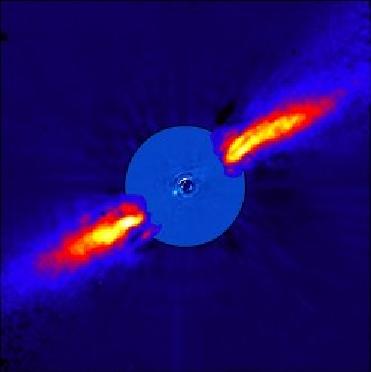 Previous Article
Previous Article Next Article
Next Article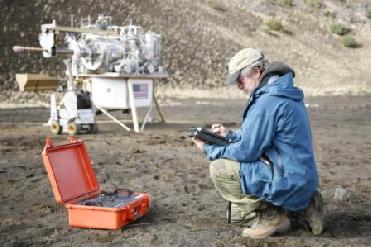
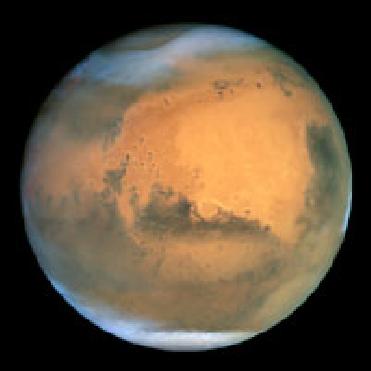

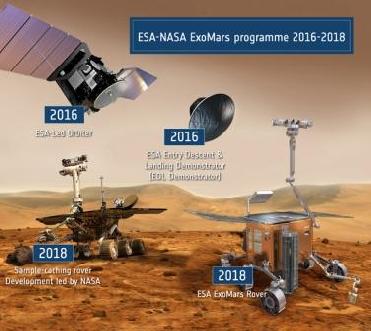









The Indian Air Force, in its flight trials evaluation report submitted before the Defence Ministry l..
view articleAn insight into the Medium Multi-Role Combat Aircraft competition...
view articleSky enthusiasts can now spot the International Space Station (ISS) commanded by Indian-American astr..
view article